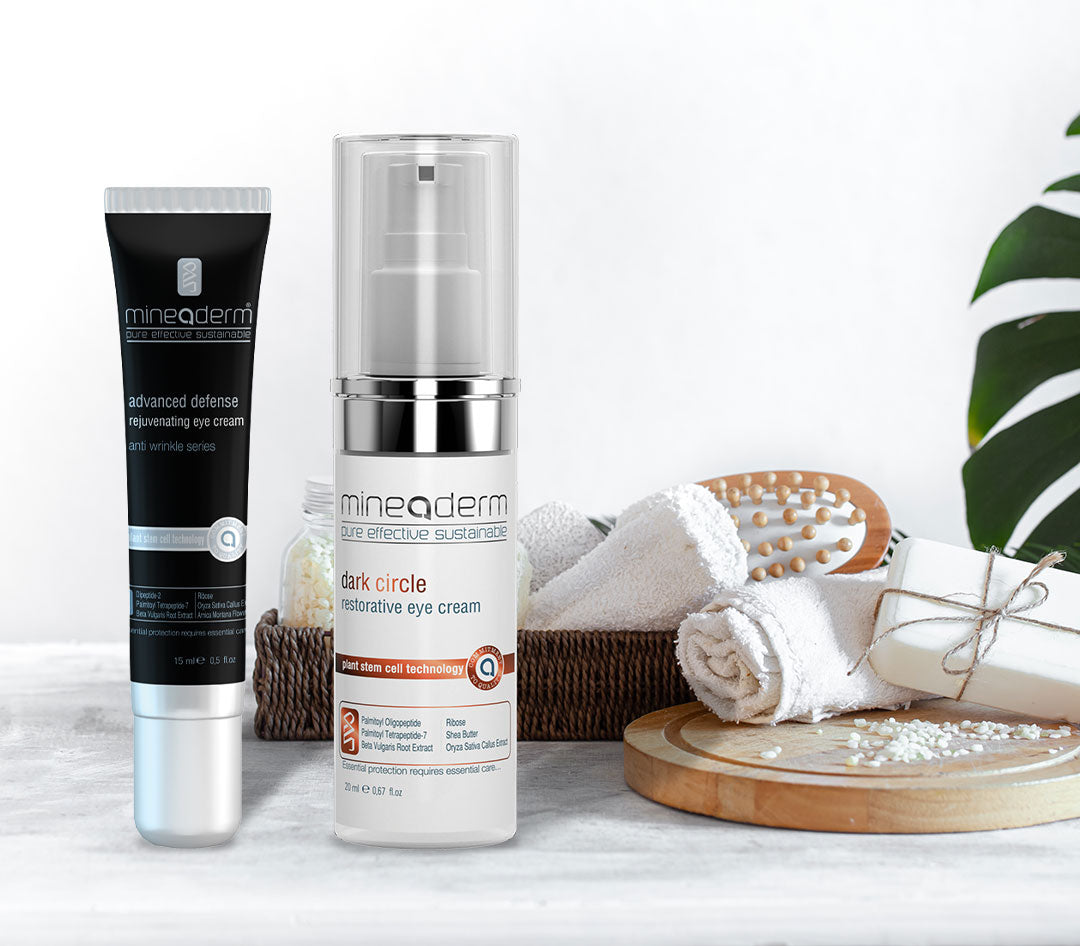How to determine skin type
Did you know that each skin type responds differently to each ingredient? Commercial products that are made for each skin type may not really be the best for your skin! That’s why knowing your unique skin type is essential for your skincare routine. Let’s take a look at how to determine your skin type.
Skin type is all about how much sebum your skin produces. Sebum is basically the oily substance produced by your sebaceous glands. It protects your skin from infections and keeps it moist.
According to the American Academy of Dermatology (AAD), the five main skin types are:
- Normal skin
- Dry skin
- Oily skin
- Combination skin
- Sensitive skin
Note: Acne can affect any skin type.
How Can I Determine My Skin Type?
Visiting a licensed aesthetician or dermatologist can help you determine your skin type, but you can also do a skin type test at home.
Bare Face Test
Start by washing your face with a mild cleanser. Pat dry gently with a soft, clean towel. After 30 minutes, it's time to check your skin type clues:
- Normal skin: You won't notice any redness, dry patches, or oily patches.
- Dry skin: Your skin looks tight and flaky.
- Oily skin: Your face looks or feels oily.
- Combination skin: Your T-zone (nose and forehead area) looks shiny, but the rest of your face is dry.
- Sensitive skin: Your skin is red, itchy, or inflamed.
Blotter Test
This test is super simple, but it won't help identify sensitive skin. Simply press a blotting paper onto different areas of your face. Then, hold the paper up to a light to see how much oil has been absorbed.
- Normal skin: There is a small amount of oil residue.
- Dry skin: There is almost no oil residue.
- Oily skin: There is too much oil residue.
- Combination skin: You have some oil residue on your T-zone but little to no residue on the rest of your face.
1. Normal Skin Type
Skin that is neither too oily nor too dry is considered normal skin type. Symptoms of normal skin include:
Fine pores
- Smooth and clear skin
- Not being hypersensitive to chemicals or skin allergens
How to treat normal skin?
What to use: If you follow a regular skin care routine, your skin will be in great shape. Those with normal skin are advised to follow an oily skin care routine during the summer or more humid months and a dry skin care routine during the winter or drier months.
2. Dry Skin Type
Dry skin produces less sebum than other skin types. It can lead to flaky, cracked, or itchy skin. Symptoms of dry skin include:
- Very tight pores
- Rough skin texture
- Dull or blotchy skin
- Prone to irritation or infection
- The skin feels tight and lacks elasticity
How to treat dry skin?
What to use: Those with dry skin should generally use gentle, non-foaming cleansers . It’s also recommended that you use moisturizers instead of lotions. Some great ingredients to look out for include glycerin, ceramides, and hyaluronic acid.
Things to avoid: Alcohols, sodium chloride, artificial fragrances, benzoyl peroxide, salicylic acid and preservatives, etc.
3. Oily Skin Type
You can blame oily skin on overactive sebaceous glands. While it can be hereditary for some people, hormonal changes, skin care products, and diet can also be contributing factors. Oily skin symptoms include:
- Oily or shiny skin
- Skin appears thick or plump
- Enlarged or clogged pores
- Frequent blackheads, whiteheads and other types of acne
How to treat oily skin?
What to use: Those with oily skin should use stronger cleansers because they can tolerate them and help prevent acne. Salicylic acid, glycolic acid, and retinol are great options. When it comes to moisturizers, you can opt for lightweight or gel-based lotions.
What to avoid: Avoid comedogenic ingredients like petrolatum, cocoa butter, isopropyl isostearate, sodium laureth sulfate, and capric acid. You should also be careful with natural oils like soy, coconut, avocado, olive, or evening primrose oil.
4. Combination Skin Type
Combination skin is a mix of oily and dry skin. Some parts of the face produce too much sebum, while others don't produce enough. Combination skin symptoms include:
- Oily T-zone
- Dryness around the cheeks, eyes and mouth
- Clogged skin or large pores on the forehead, nose or chin
How to treat combination skin?
What to use: Combination skin can be a bit tricky to care for. You’ll need to apply different products to different areas of your face, or use the least drying product your skin can tolerate. You should also choose your exfoliant wisely. Start with glycolic acid before moving up to salicylic acid or retinol.
What to avoid: This includes avoiding preservatives like alcohol, fragrances, and parabens. They can make oily areas oilier and dry areas drier.
5. Sensitive Skin Type
A 2019 study found that 70 percent of women and 60 percent of men have some degree of sensitive skin. It can be caused by super dry or damaged skin that is more prone to reactions. It can also be a symptom of skin disorders like rosacea, eczema, or allergic contact dermatitis. Sensitive skin symptoms include:
- A flushed complexion
- Being able to use only very mild skin care products
- Your skin itches, burns, and blushes easily
How to treat sensitive skin?
What to use: If you have sensitive skin, you should choose a mild cleanser. You may also want to look into moisturizers designed for very sensitive skin.
What to avoid: Products that contain active ingredients or fragrances can burn sensitive skin. You should also be wary of “anti-aging” ingredients like retinoids.
Other Skin Conditions
1. Acne-prone skin
Acne-prone skin can occur at any age and with any skin type:
Genes: Research shows that acne-prone skin types may be genetic.
Excess oil: Excess sebum is a common contributor to acne.
Nutrition: Studies show that cutting out dairy and sugar can improve acne symptoms.
Medications: Certain medications, such as corticosteroids or birth control pills, can cause acne.
Pollution: A 2017 study suggested that environmental pollution may cause inflammatory acne.
Hormones. Hormonal acne is common during puberty, PMS, pregnancy, and even perimenopause and menopause, thanks to fluctuating hormones.
How to treat acne-prone skin?
What to use: Experts say the best over-the-counter ingredients for acne-prone skin are salicylic acid and retinol. You can also use acne products that help reduce oil and prevent clogged pores.
What to avoid: Oils, fragrances, silicone, lanolin and sodium laureth sulfate.
2. Dehydrated Skin
Don't confuse this with dry skin. Dehydrated skin has nothing to do with your skin type. It simply means your skin is thirsty and needs more moisture.
Dehydrated skin can be caused by:
- Lack of sleep
- Living in a dry climate
- Not drinking enough water
- Taking hot showers frequently
- Using strong skin care products
Not sure if your skin is dehydrated? Here are some signs to look out for:
- Itchy skin
- Sunken eyes
- Dull complexion
- More visible lines and wrinkles
How to treat dehydrated skin?
What to use: Since this is a matter of hydration, simply drinking more water or eating foods like soup, fruits, and vegetables will help.
You can also try skin care products that lock in water and moisturize the upper layer of your skin. It is useful to try moisturizers that contain ceramides, linolenic acid, and hyaluronic acid.






